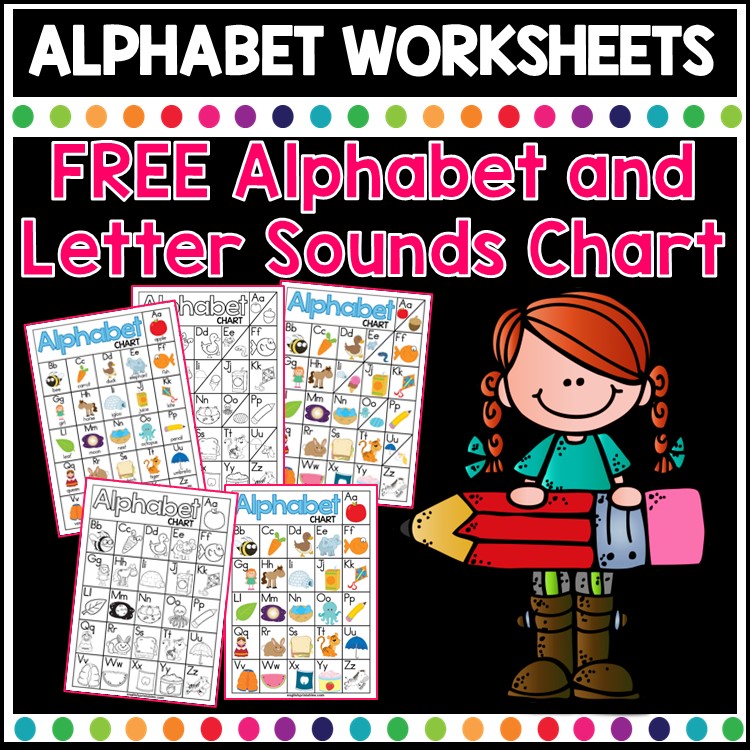
It can still feel like throwing spaghetti at the wall when it comes to teaching the alphabet in Kindergarten. You try everything in the hopes that one of them will be the most effective approach to teach the alphabet in Kindergarten and ensure that it sticks.
But it doesn’t have to be that way!
These six alphabet teaching strategies have been proven to assist kindergarteners learn the alphabet and letter sounds.
- Use the Sound of The Letters to Introduce Them.
When it comes to reading, having a strong relationship between a letter and its sound is critical. We want our pupils to understand that print reflects sounds, and the most effective method to do so is to start with letter sounds.
You might be wondering, “How does that work?” How can I teach letter sounds to pupils when I haven’t even shown them the letter?
In my classroom, this looks like this:
“Today we’re learning a new sound,” I remark when I introduce a new letter. /b/ is the sound. Is it possible to speak /b/ like a bouncing basketball? Is it possible to say /b/ while pretending to bounce a basketball? B-b-b.”
“We spell the sound /b/ with the letter Bb,” I say after we’ve practiced the sound. “This is how a Bb seems.”
This is quite easy, but it has a significant impact on pupils’ learning of the alphabet!
This leads me to my next point:

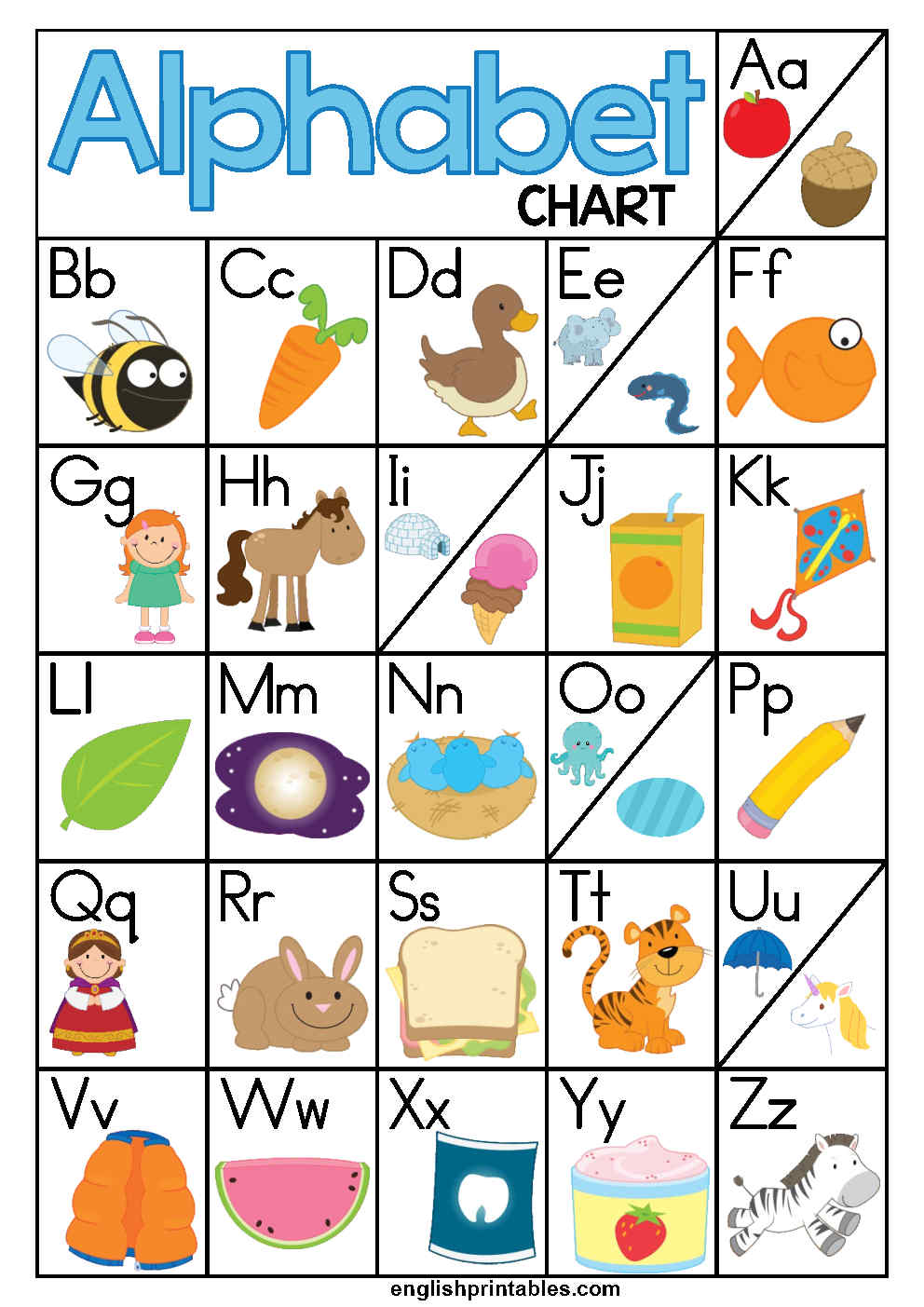

- Whenever Possible, Use Real Photos
If you have kids that are English Language Learners (ELLs), have a language delay, or have limited background knowledge (which you almost certainly do), using real photos to introduce terminology is critical.
When teaching the alphabet in Kindergarten, however, using real photographs is advantageous to all of your students!
Humans do not have an inherent aptitude for reading text. Images are hardwired into our brains. It’s lot easier for children’ minds to form a connection if they can relate a word to a genuine visual.
Following the introduction of the letter sound and letter, the next phase in the alphabet teaching process is to introduce vocabulary words that begin with that letter.
This is what it looks like in my kindergarten classroom: “This is a bear.” Bear starts with the letter /b/. Do you recall how we pronounce /b/? Bb, you’re correct! “B, bear, /b/,” repeat after me.
We do this with a variety of photos and vocabulary words beginning with the target letter.
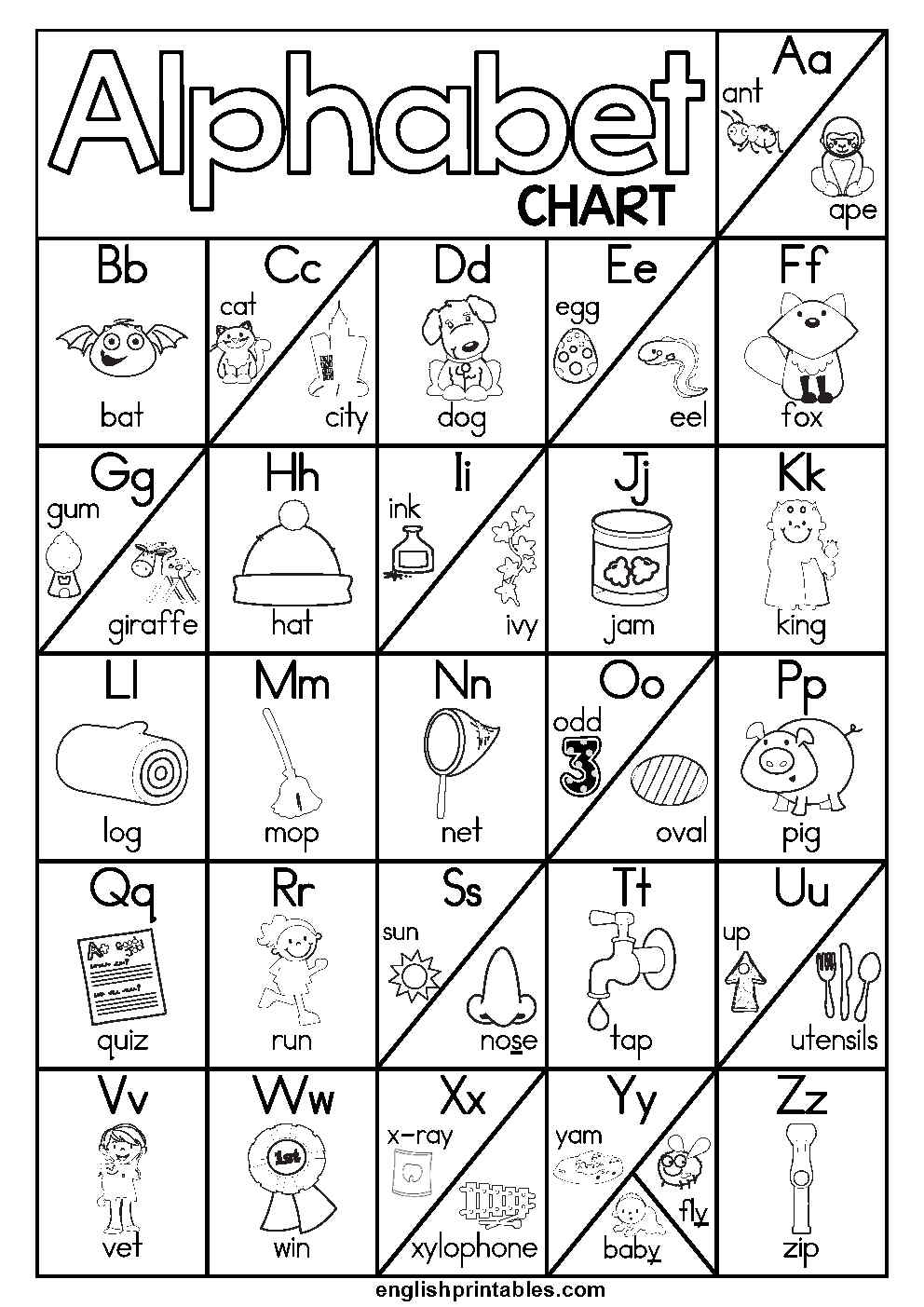
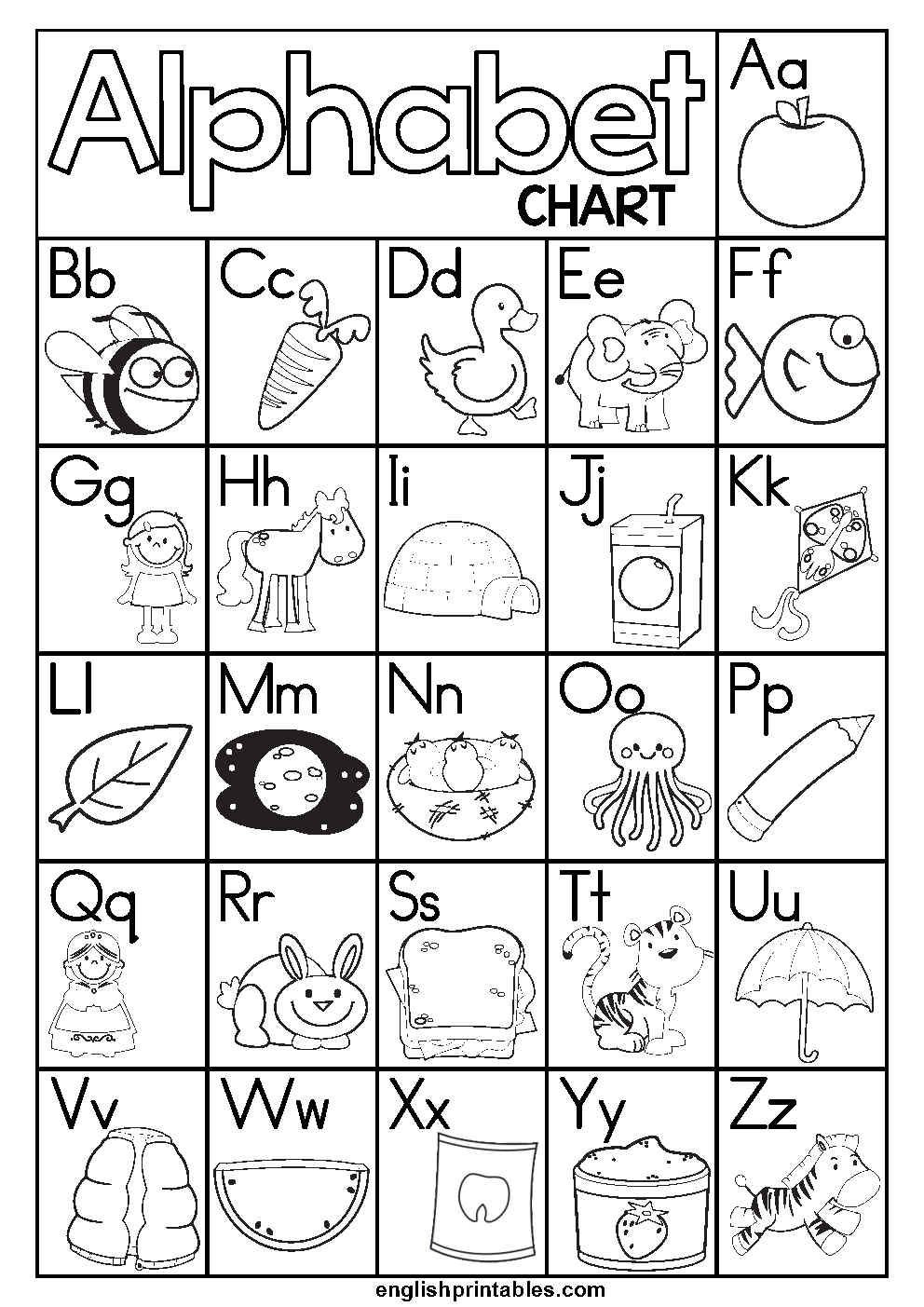
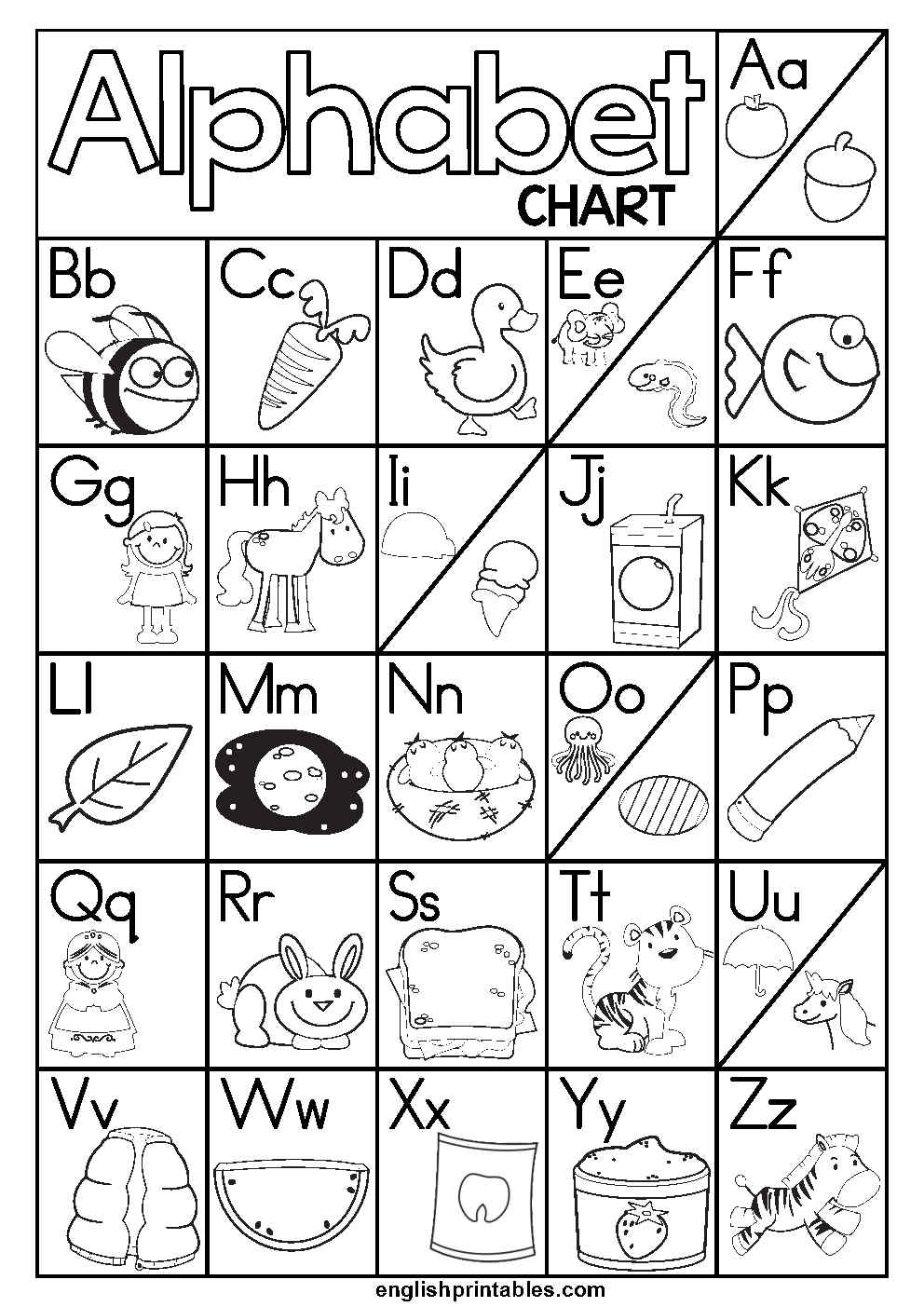
- Take a Multi-Sensory Attitude
It’s critical to include as many sections of the brain as possible when teaching the alphabet in Kindergarten to assist create those connections.
Adding alphabet hand gestures is a simple method to do this! Even better if you can make those alphabet gestures span the midline.
Our alphabet hand motions correspond to the sound of each letter. When learning the letter Bb, for example, we say /b/ while bouncing a ball.
Make sure the letter motions you chose are appropriate for your students. If kids have never seen a yak before, you don’t want them to make yak horns while speaking the /y/ sound!
We make the alphabet hand motions as we utter each letter sound during our morning meeting as we go over our alphabet chart routine.
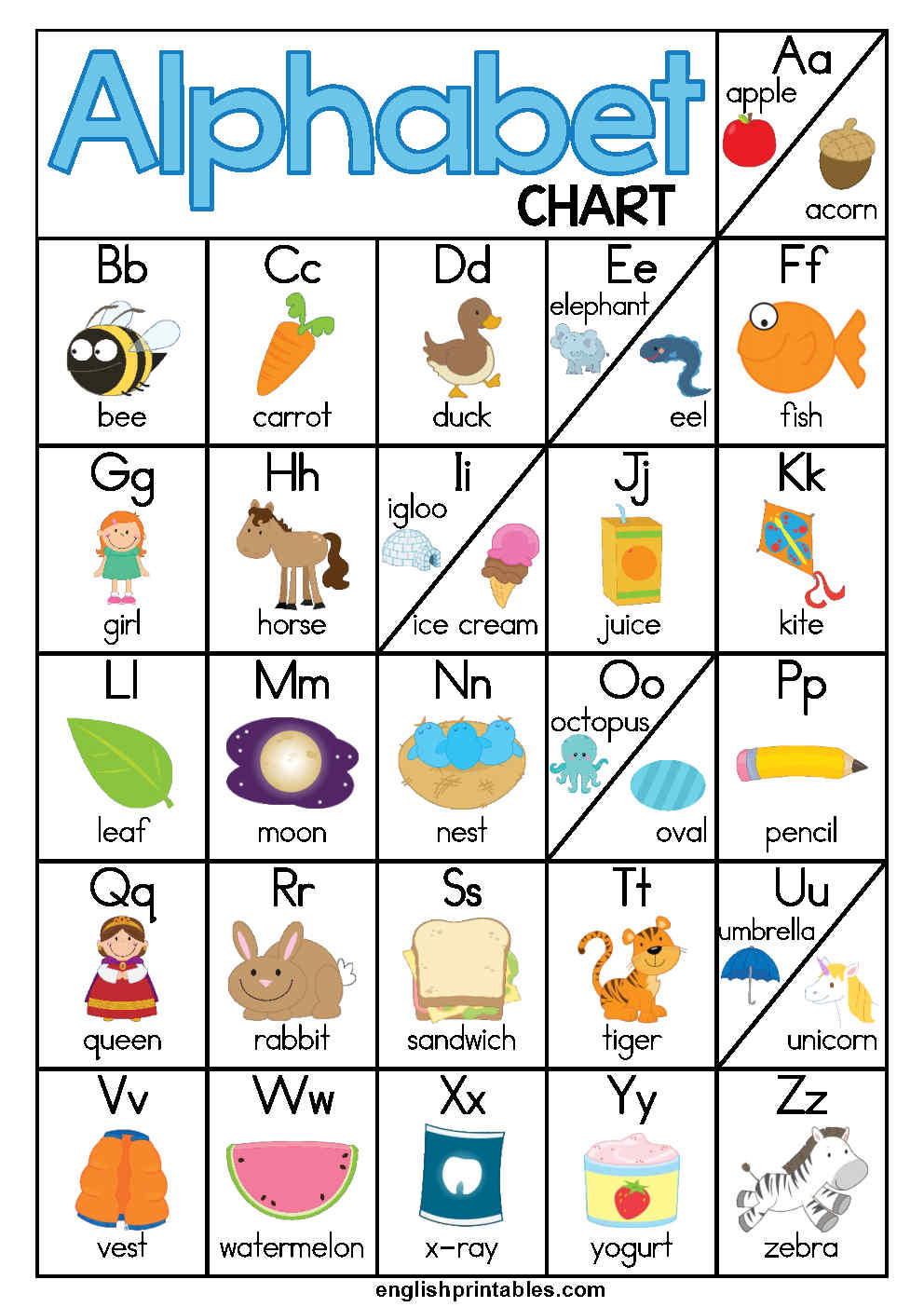
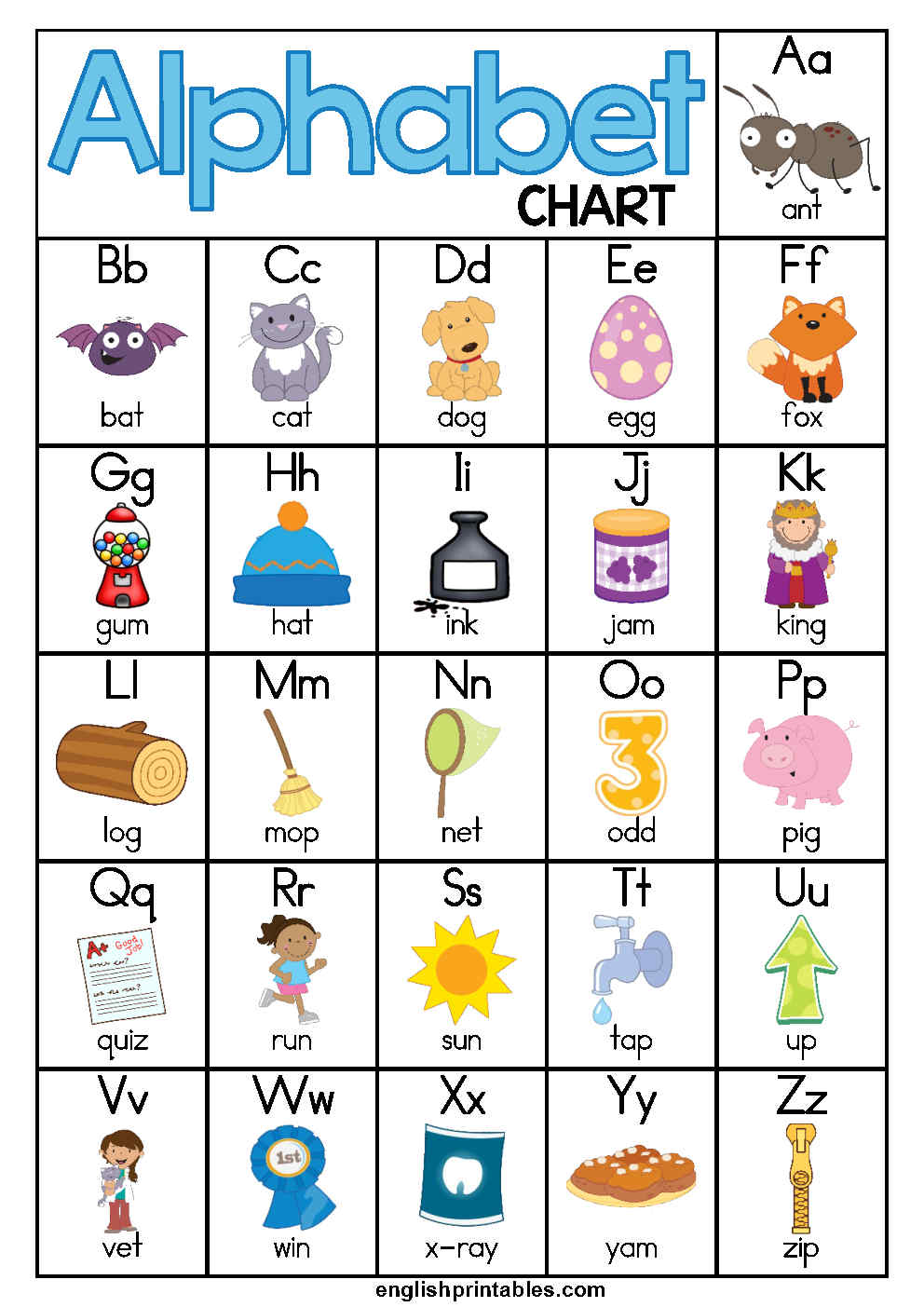
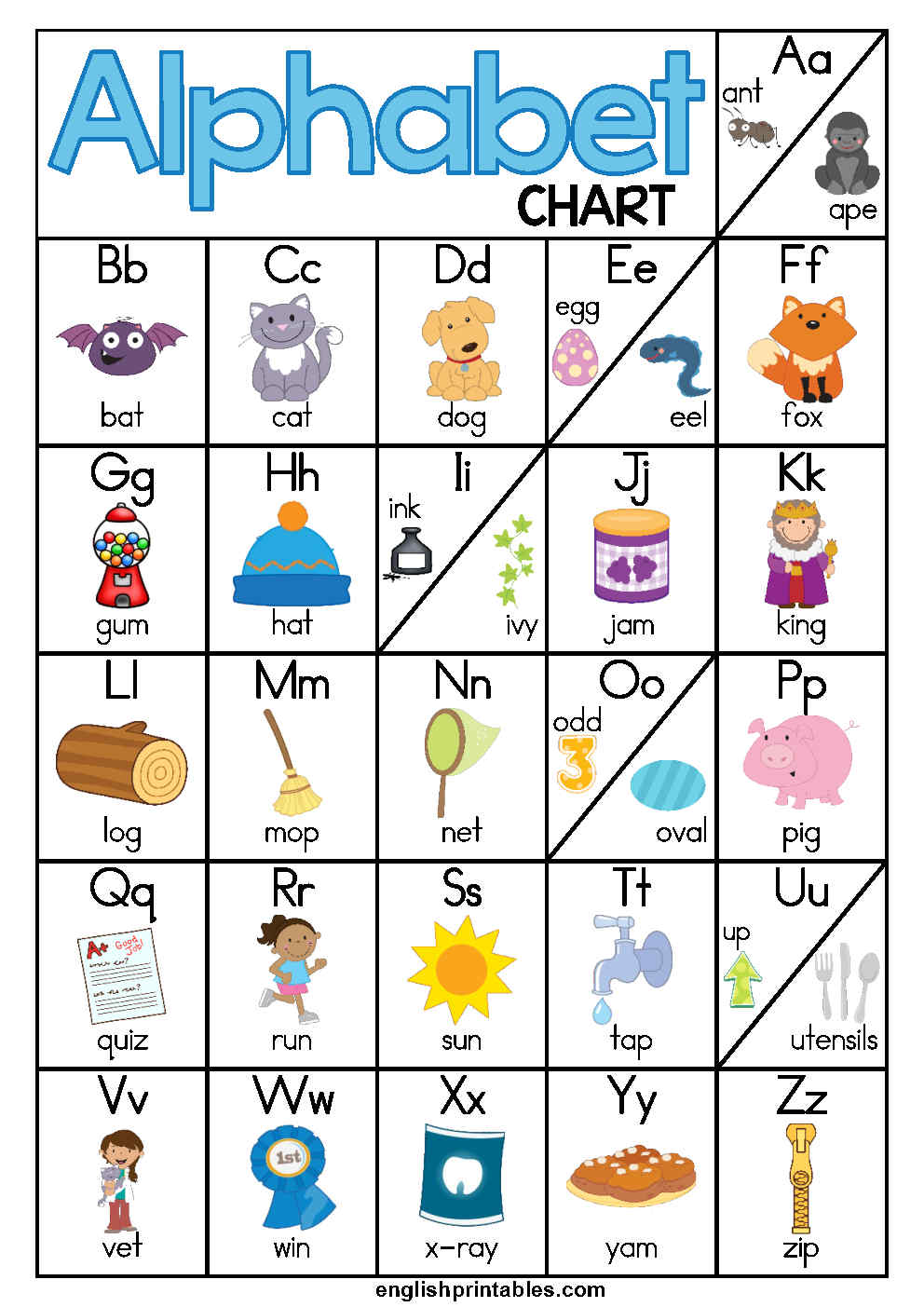
- Introduce a Variety of Fonts to Students.
Of course, we want properly formed, written letters while teaching each letter of the alphabet.
However, kids may not always see letters in this manner in the real world, and it is critical that they be able to recognize a letter in any shape.
Worksheets and printables for teaching the letters of the alphabet in Kindergarten.
Font kinds, magazine hunts, and letter coloring in a range of typefaces are all excellent ways to introduce students to the alphabet in a variety of ways.
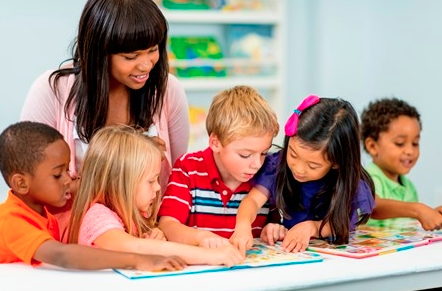
- Teach Letter Formation Explicitly
You’ll probably get different answers depending on who you ask about whether or not you should spend time teaching appropriate letter construction.
Is it truly necessary for students to know how to properly form letters? Is teaching letter formation developmentally appropriate?
Here’s why I’m a firm believer in YES! Spend the time learning how to form letters!
We want our students to start using their letter-sound knowledge in their writing as soon as they learn them.
Students will have more time to create muscle memory if we practice on handwriting and letter construction upfront. That means they don’t have to think about “How do I form this letter?” when they’re writing.
They can instead focus solely on sounding out words.
This is also why the order in which you introduce your letters is important.
There are many various perspectives on how to teach letters in Kindergarten, and you can pick the method that works best for you and your students. However, you should make sure that comparable letters are evenly distributed so that pupils may learn one before moving on to the next.

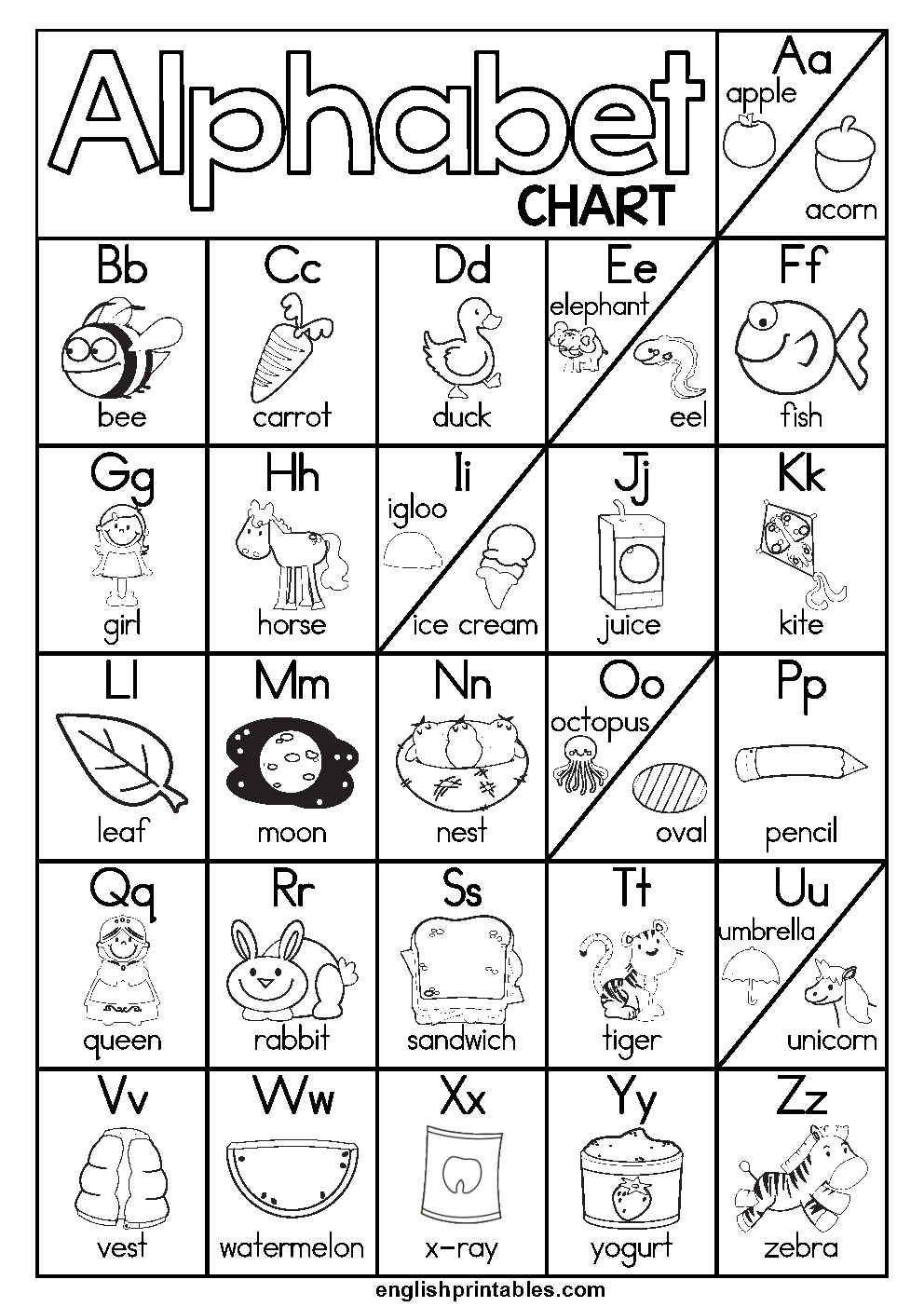
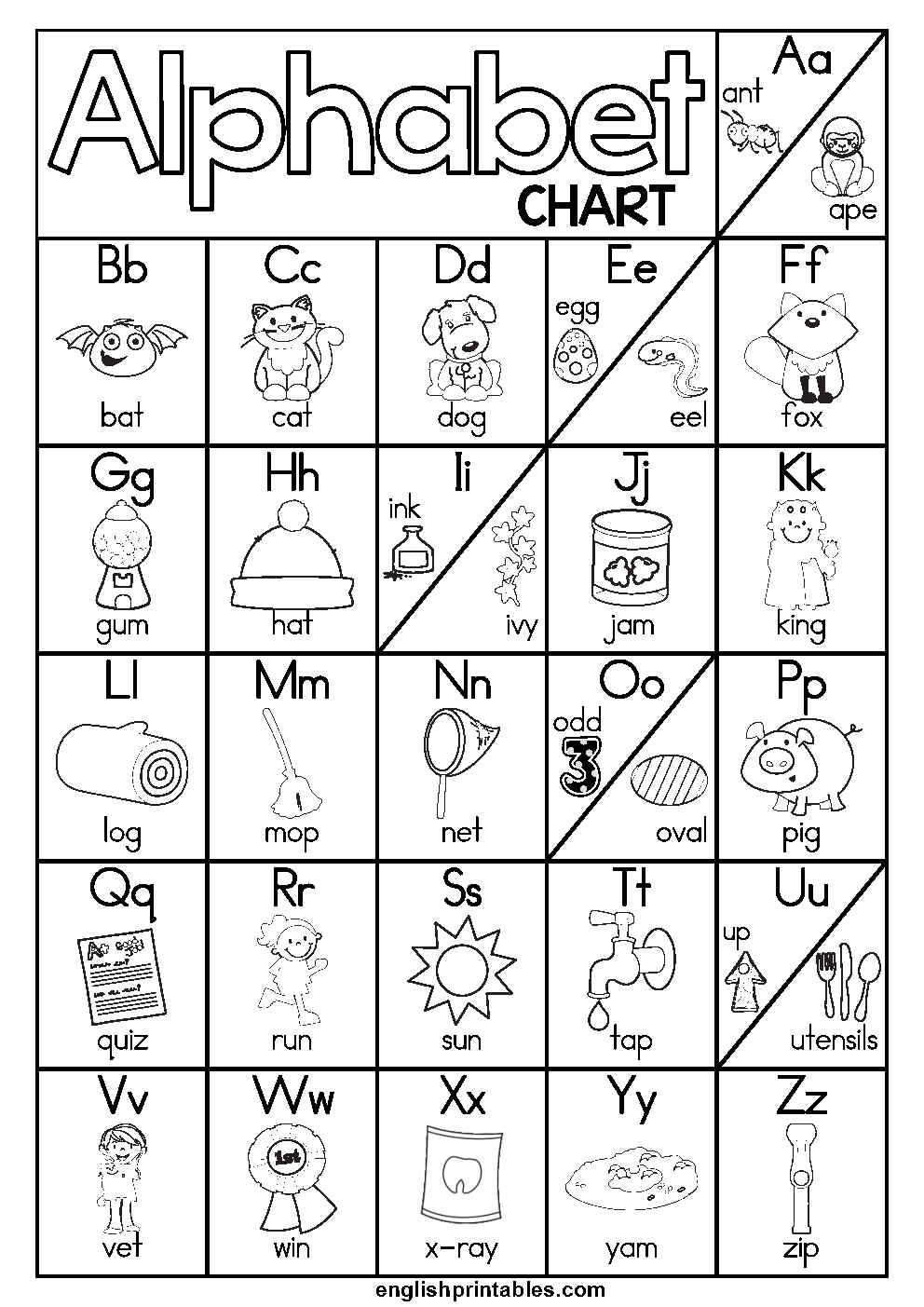
- Make It Fun!
We all know that having a consistent, systematic phonics program is preferable. That isn’t to say it needs to be dull!
Many of the techniques stated above might help you make teaching the alphabet in Kindergarten interesting for both pupils and yourself.
When we’re taught letters and letter sounds in Kindergarten, we love making alphabet crafts! These crafts are a terrific method to include fine motor and cutting work, as well as listening and following directions and assisting students in making the link between letter and starting sounds.
Kindergarten alphabet letter crafts are a fun way to teach the alphabet.
In my classroom, alphabet interactive notebooks are also a favorite. These notebooks are basic and require little preparation on my part, but they are enjoyable for my children and allow them to explore the target letter in a variety of ways.

Teaching the Alphabet in Kindergarten
Are you seeking for a simple, developmentally appropriate, and successful resource for teaching the alphabet to Kindergarten students? Then this resource and others on our wesite will serve your aim better.
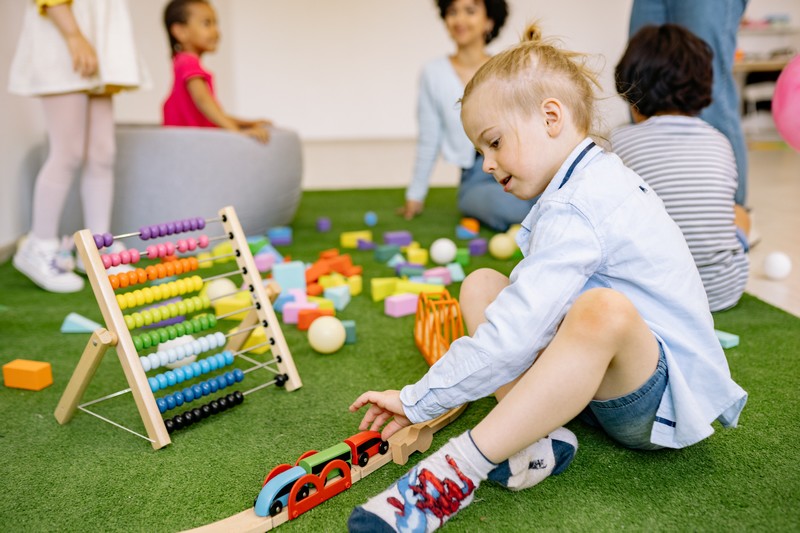




Hello, I think your site might be having browser compatibility issues.
When I look at your blog site in Ie, it looks fine but when opening in Internet Explorer,
it has some overlapping. I just wanted to give you a
quick heads up! Other then that, amazing blog!
I just like the valuable information you provide to your articles.
I’ll bookmark your weblog and check once more right here regularly.
I’m moderately certain I will learn plenty of new stuff right here!
Good luck for the following!